Environmental health and sustainable resource access is integral to a successful irrigation industry.
Irrigation farmers in NSW and Australia are globally recognised as world leaders in water-efficient production with high ethical and environmental standards.
Our farmers are also leaders in positive environmental initiatives, ranging from wildlife conservation, carbon management, water efficiency, biodiversity and habitat restoration.
Here are just a few case studies to demonstrate our commitment to sustainability.
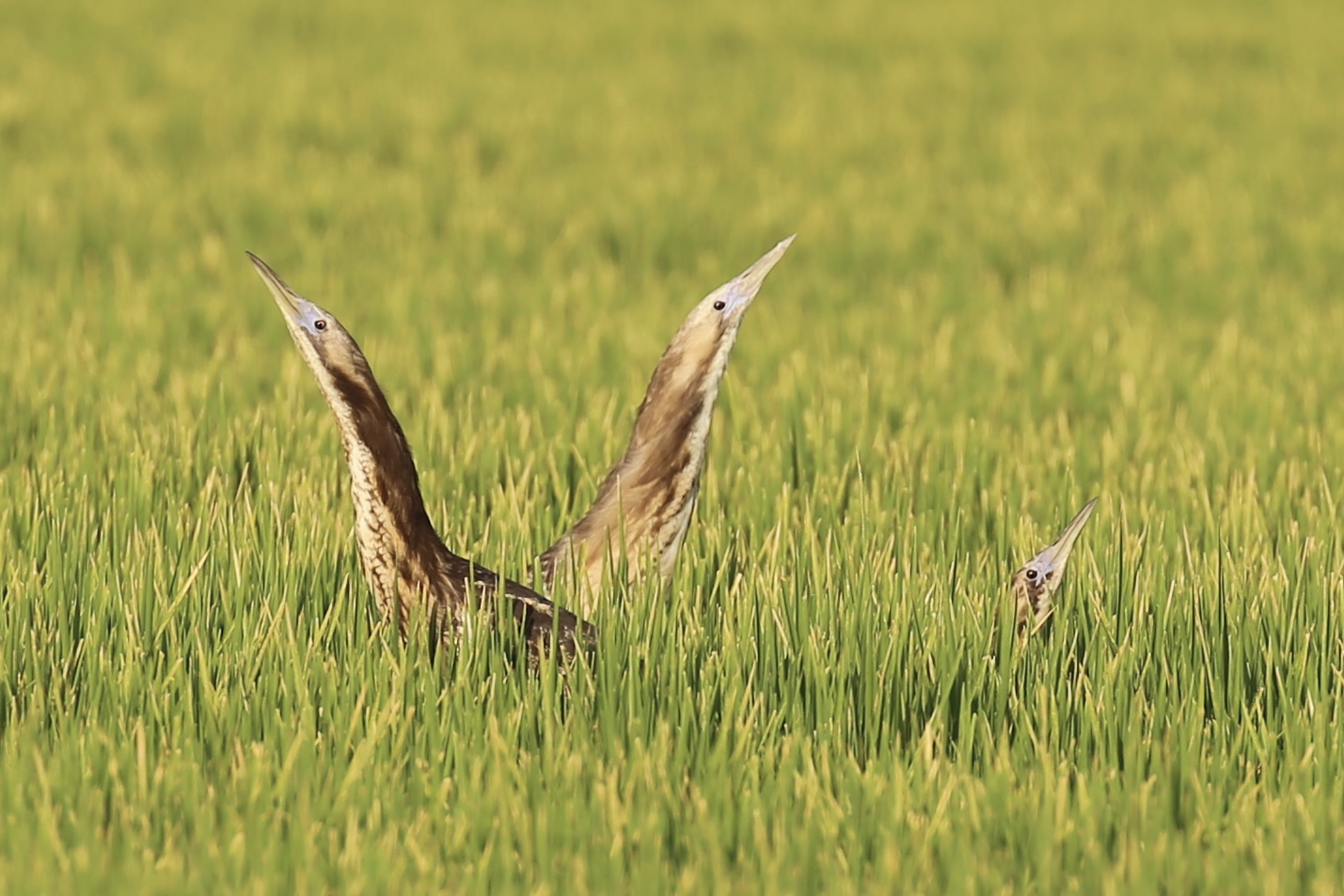
The Bitterns in Rice Project is about farming and wildlife conservation working together. There is now a large breeding population of the globally endangered Australasian Bittern that descends on the rice crops of the NSW Riverina each year. In most years, it numbers between 500 and 1000 mature individuals. This is remarkable, as there are only 1500-4000 remaining in the world.
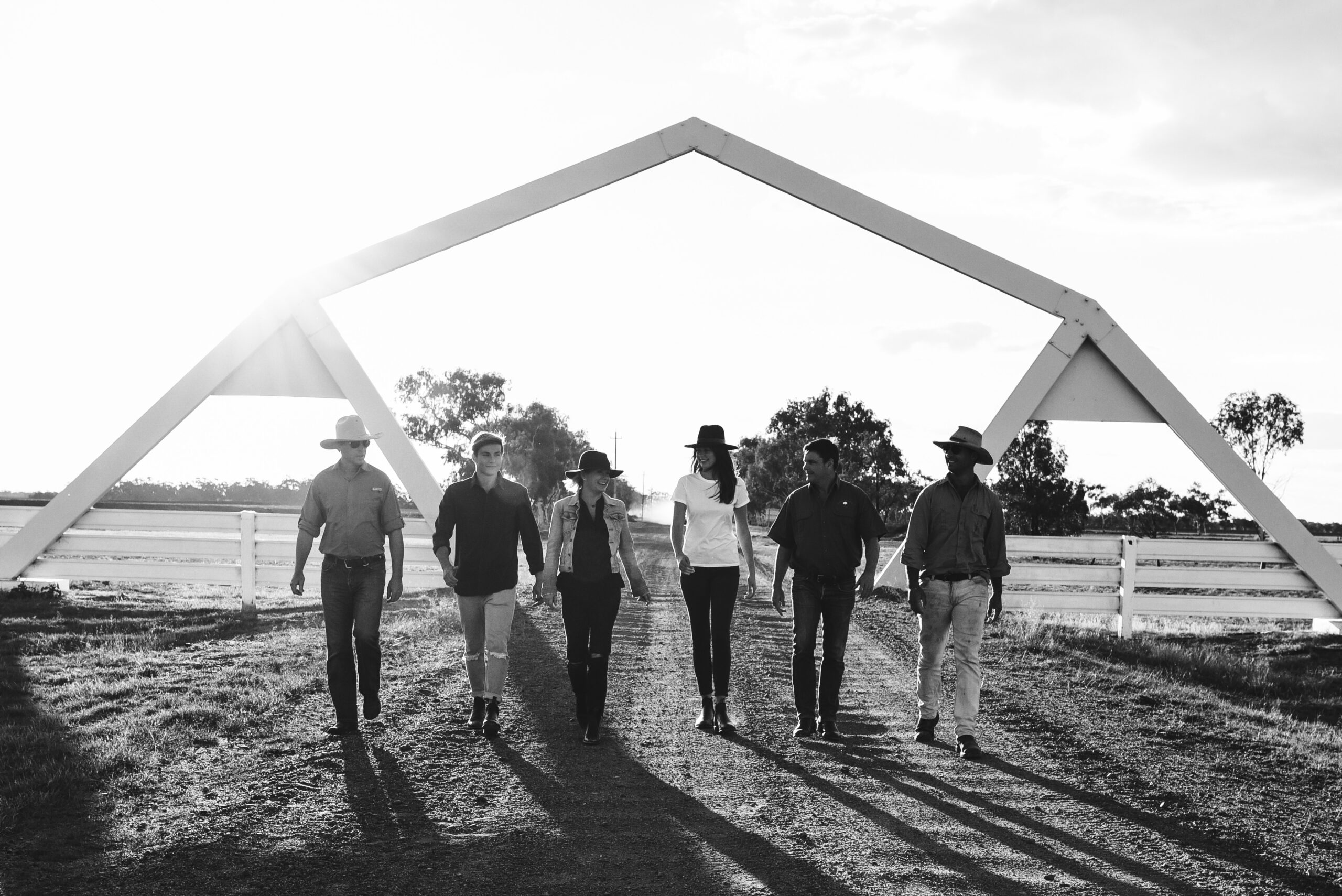
Good Earth Cotton® is independently certified as climate positive, meaning its growth actually reduces carbon emissions in the atmosphere. Their farms act as giant carbon sinks and absorb more carbon than they release.
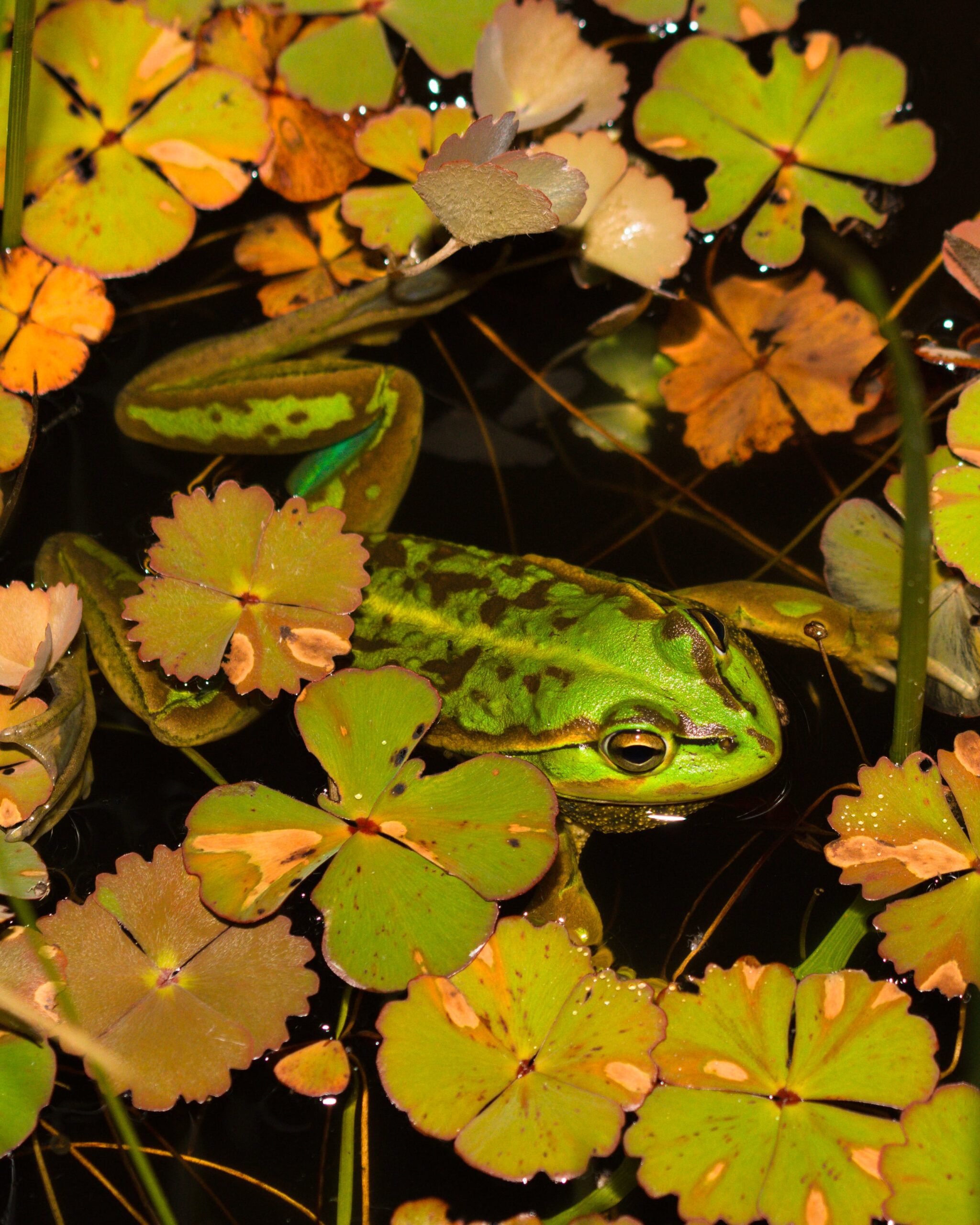
Coleambally Irrigation Co-operative Limited (CICL) has been working with environmental water holders to manage the delivery of environmental water to wetland sites through their channel infrastructure since 2015.
CICL manages 1,200ha of Crown land as the Coleambally Irrigation Biodiversity Reserve, and is involved in three direct environmental initiatives, working with irrigators to support farming and wildlife conservation. These include
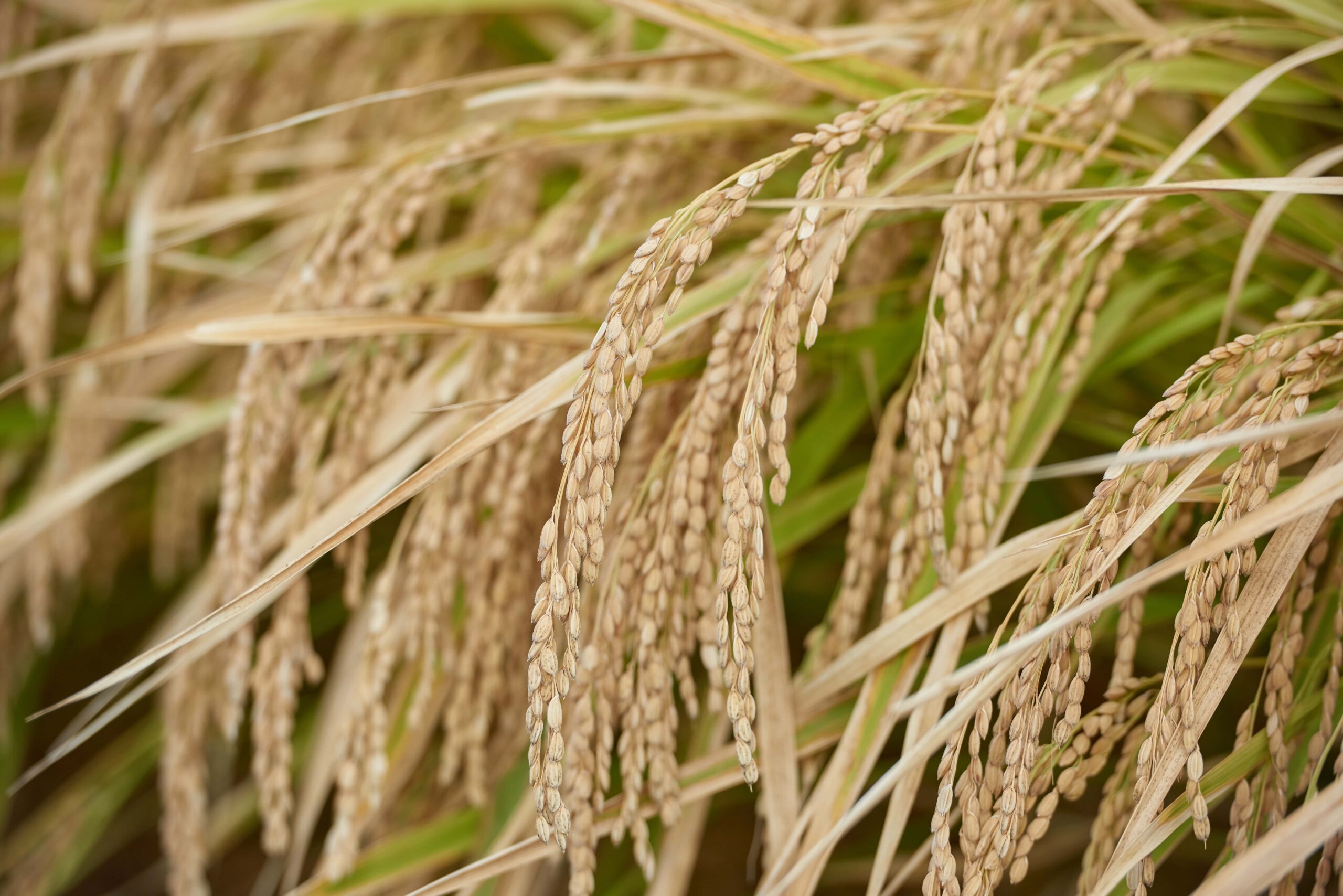
The Australian rice industry leads the world in water use efficiency. From paddock to plate, Australian grown rice uses 50% less water than the global average, and the industry is committed to further improvements.
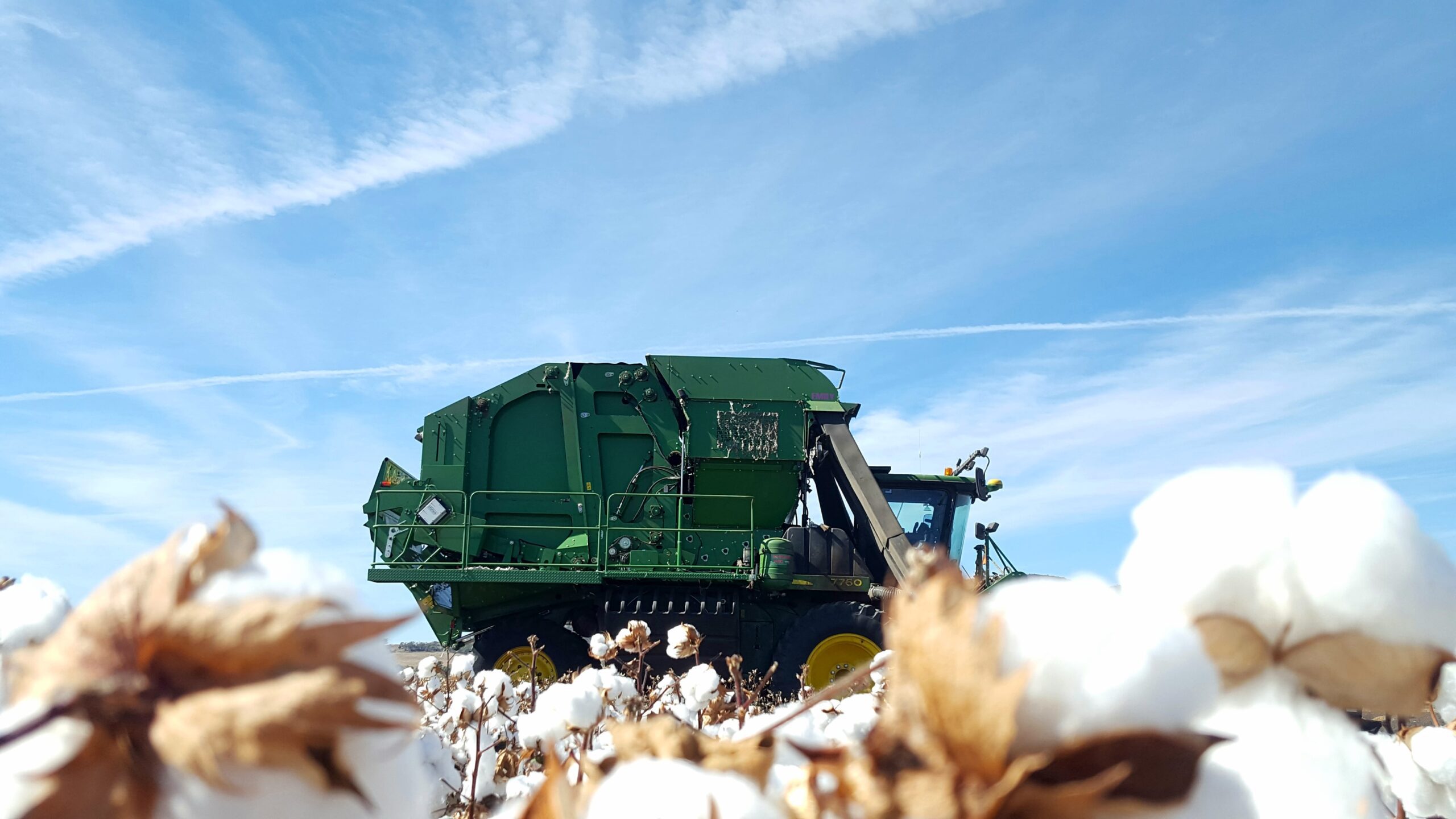
Australian cotton growers are now recognised as the most water-use efficient in the world and three times more efficient than the global average. In addition, Best Management Practices programs, Integrated Pest Management strategies and the use of biotechnology reduced pesticide use by more than 85 per cent during the period 2000-2010.
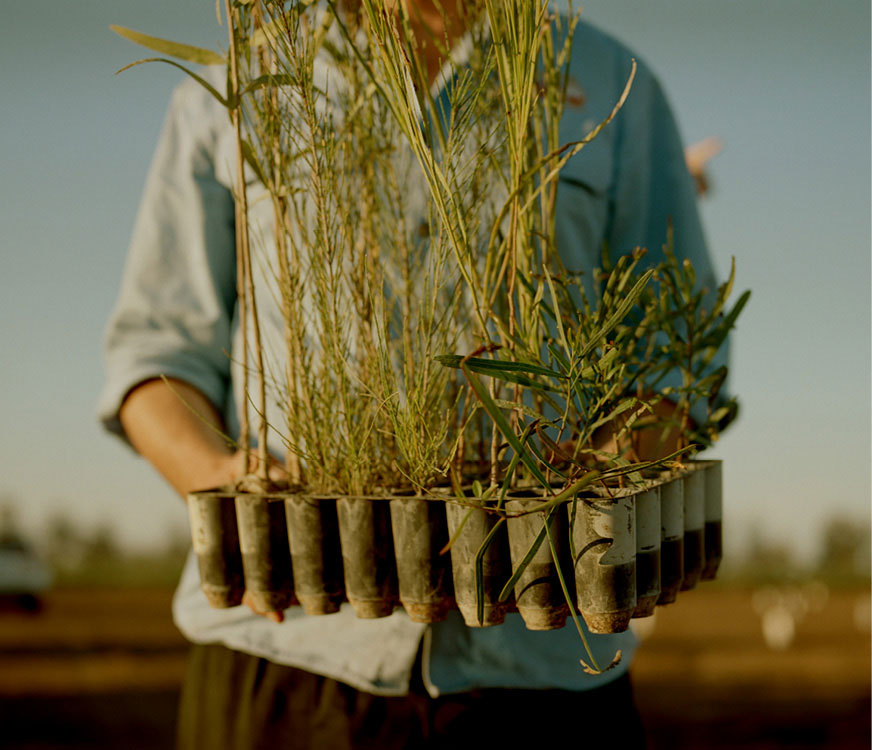
The Biodiversity Project supports the regeneration of Australian cotton farmlands.
Project 1 will increase biodiversity and restore 30 acres of land along the Namoi River, increasing biodiversity on the
Kahl family farm.
“Looking after our natural landscapes plays an important part in our business and this project is a continuation of the work we’ve done in the past. We’ve fenced and protected riparian zones on other farms to conserve natural landscapes; we utilise nature corridors and the benefits of natural predators to reduce pesticide use; we conduct carbon audits of our farm to ensure we’re doing our part to not just counteract our own emissions but do more than that. This project ties in with all of those endeavours.” – Daniel Kahl
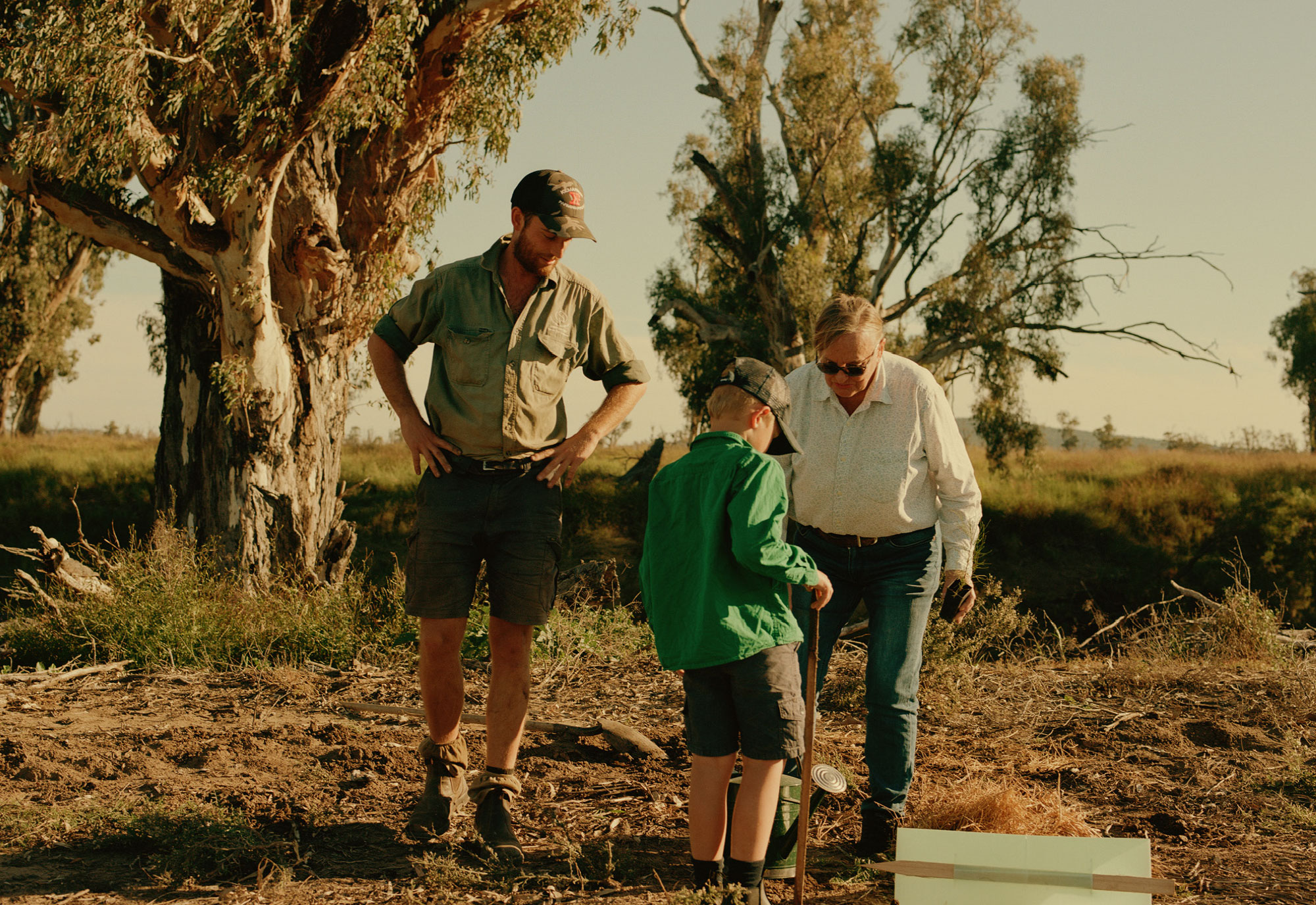
The Biodiversity Project supports the regeneration of Australian cotton farmlands.
Project 2 will restore 30 acres of land increase biodiversity and restore natural habitat on the Watson family farm in Boggabri, New South Wales.
“If we can have tree lines linking riverbank environments and remnant vegetation elsewhere on the farm, that will act as a highway for birds, microbats and beneficial insects to move amongst the landscape and our crops. They’ll be able to prey on the insects we don’t want, which to me is a fantastic outcome.” – Andrew Watson